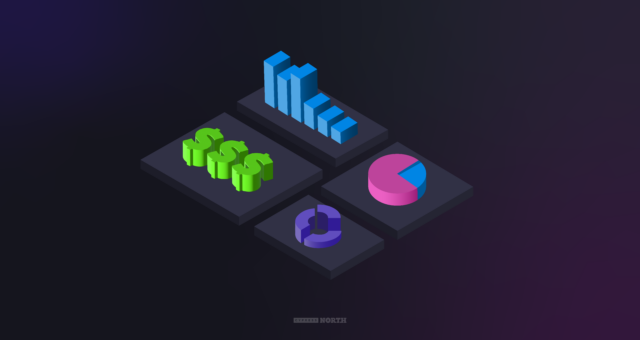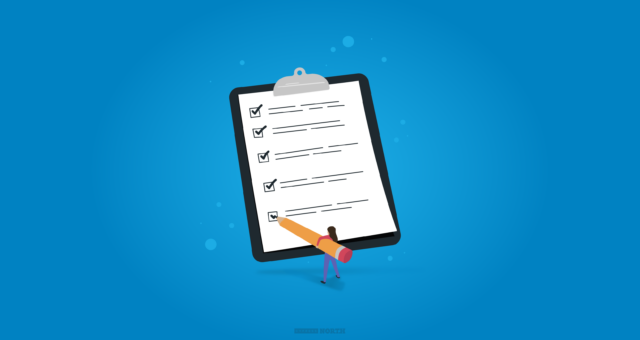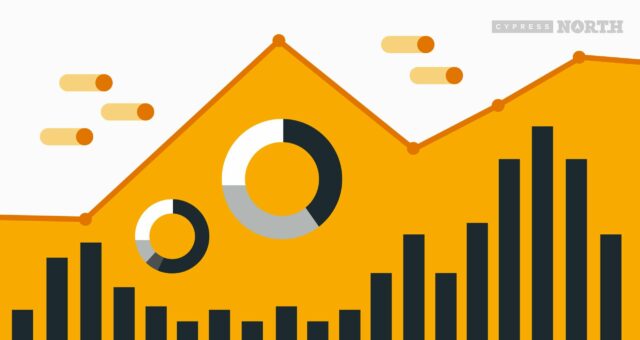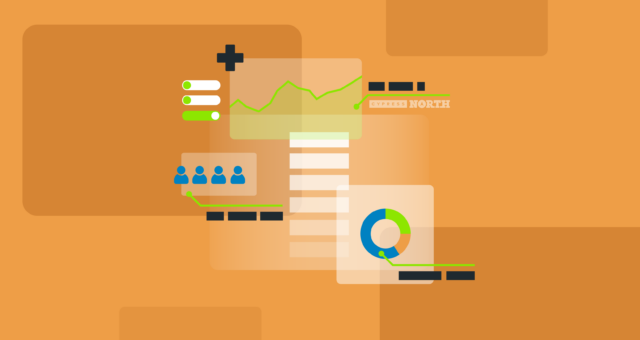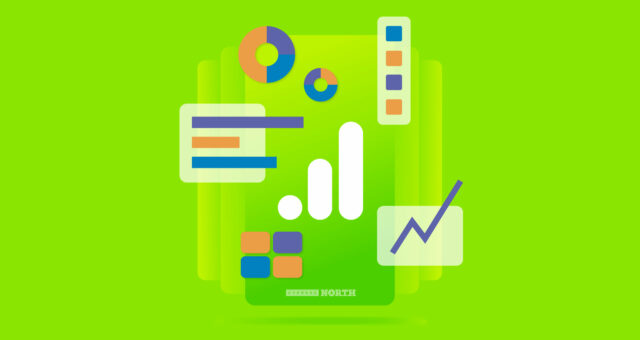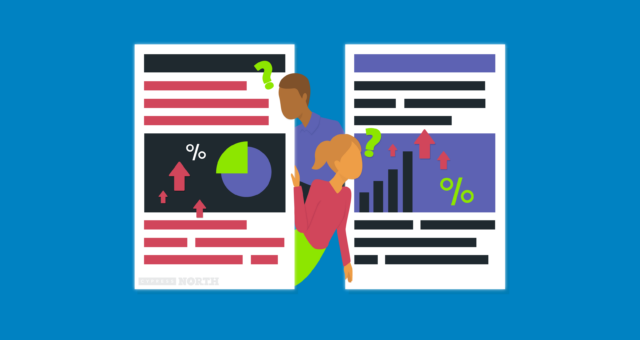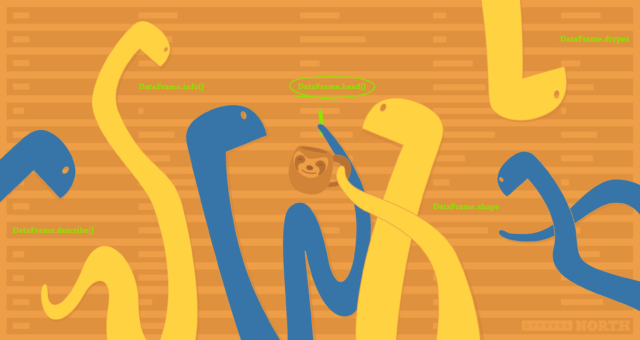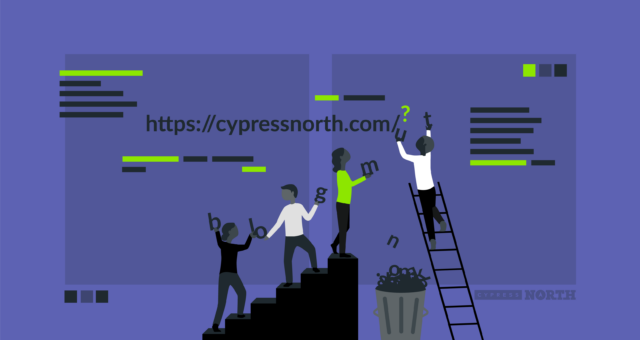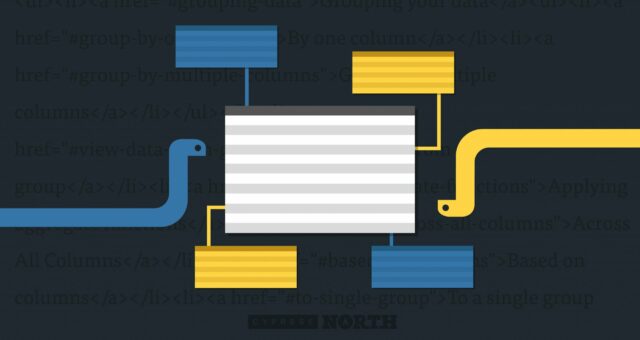Data Lakes & Data Warehouses: What Are They? (& Why Your Company Probably Needs Both)
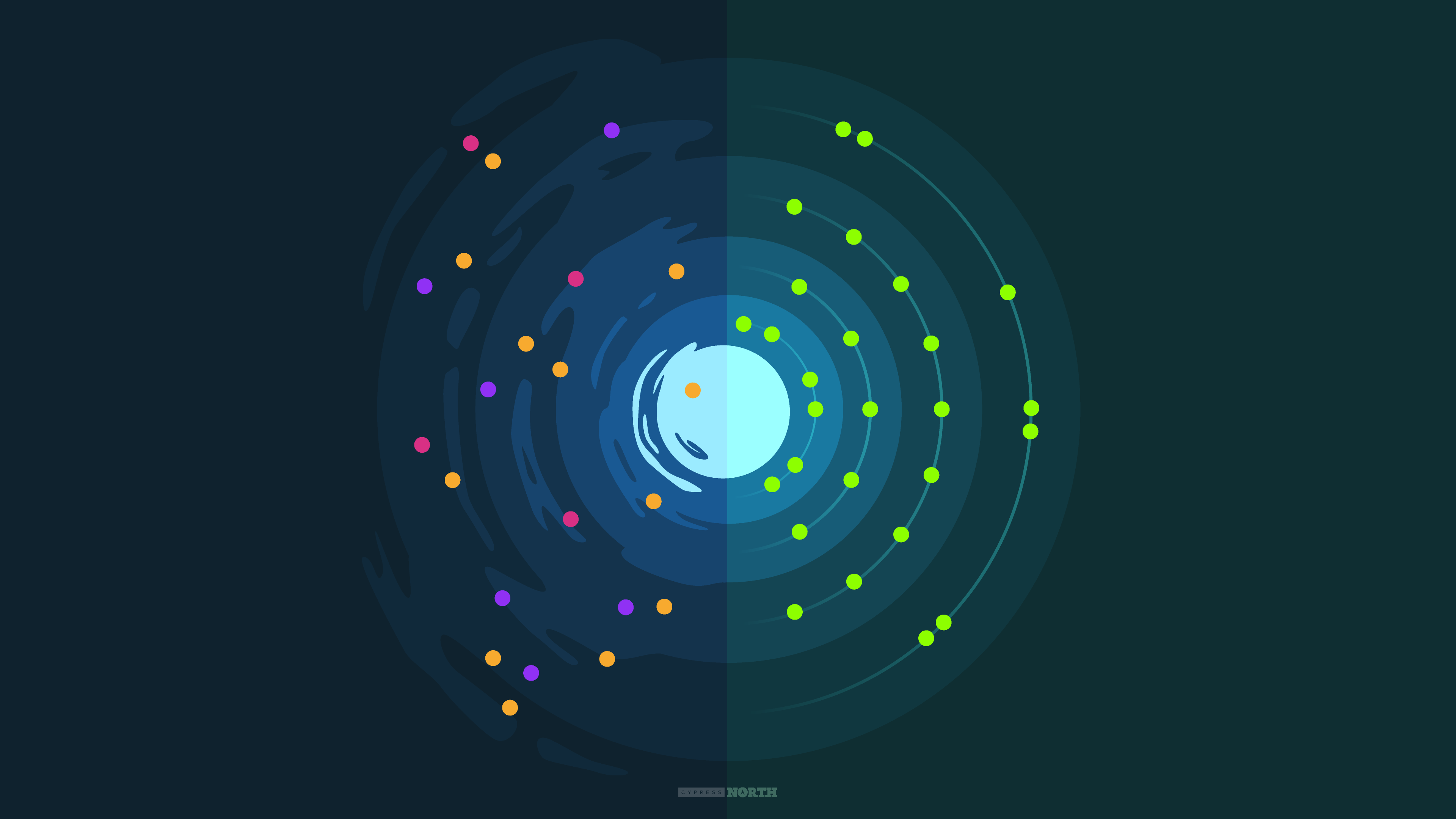
Data lakes and data warehouses have gained increased interest from organizations in recent years for their ability to support a single source of truth for data-driven decision-making across various departments. Understanding the strengths and applications of each is important not so you can choose one or the other, but to understand how they both play a role in a successful data strategy.
In this article, we’ll dive into data lakes and data warehouses, and how you can leverage the strengths of each in your data pipeline.

What is a data lake?
A data lake acts as a central repository to store all of your business’s data in its native format. This means the data can be structured, like an Excel spreadsheet or CSV file, semi-structured, like a Tweet, or unstructured, like a media file. The data lake can handle all of these raw formats, centralizing it for future use - even if you don’t know what that use is yet.
In addition to the data lake’s ability to handle large amounts of data, the data’s raw format comes with advantages as well. This is typically ideal for ingesting into machine learning models, and many popular data lakes, like Microsoft Azure have machine learning capabilities built right into the platform. This makes innovation and predictive analytics within reach for many organizations.

What is a data warehouse?
Data warehouses, on the other hand, are built for structured data. This means that once the data is in the warehouse, it’s cleaned and transformed in a way that can be used in dashboards and reporting. Since the data is in a more readable and intuitive structure, the data warehouse is accessible to a wider range of professionals within an organization, while the data lake is better suited for a data scientist, or a professional with highly technical skills.
In addition, the data contained in a data warehouse is much more intentional. There’s a specific need in mind, and only data that supports that need is brought into the warehouse. For example, a marketing team may access CRM and ad platform data in their data warehouse so they can see how their ads converted into customers, and report on it in a dashboard.

Data Lakes and Data Warehouses Are Complementary, Not Competitive
As you can see, data lakes and warehouses shine in different areas - this gives them both a place in a successful data strategy. If you’re just getting started and don’t have a data lake or warehouse in place currently, a data lake is the place to start. Familiarize yourself with the data that your organization is collecting, and start centralizing it in a data lake. This comes with the benefit of not needing to know exactly what data you’ll be using for analytical purposes yet or considering different data types since it all can be dumped into the data lake.
When you’re ready to use your data for analytical purposes and/or dashboards, that’s when the data warehouse comes in. Only data that has proven to be valuable, and supports reporting needs will be funneled into the data warehouse. From there, different departments can access tables that contain only the data that is applicable to their needs - making it much easier and faster for analysts across an organization to access their data.

The Importance of Getting Started Today
Properly storing and centralizing your data sets up the foundation for successful analysis, reporting, and decision-making. It's not a small undertaking to discover all of the different platforms and databases that your company may be storing data, and connecting them to a data lake - so the sooner you can get started the better! Once your data lake is in place, you’ll have somewhere to funnel new data sources and learn what data may be valuable to send into a data warehouse for analytics and reporting.
Want To Chat It Out?
We love talking data and would be more than happy to help sort out your storage needs. Contact us to set something up!

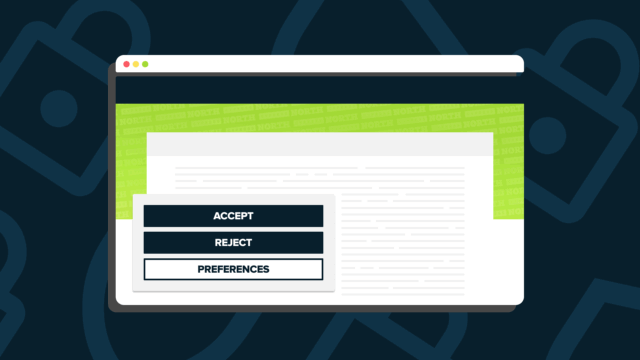


![Data - Blog - Google Collab [Background]](https://cypressnorth.com/wp-content/uploads/2024/03/Data-Blog-Google-Collab-Background-640x360.jpg)

